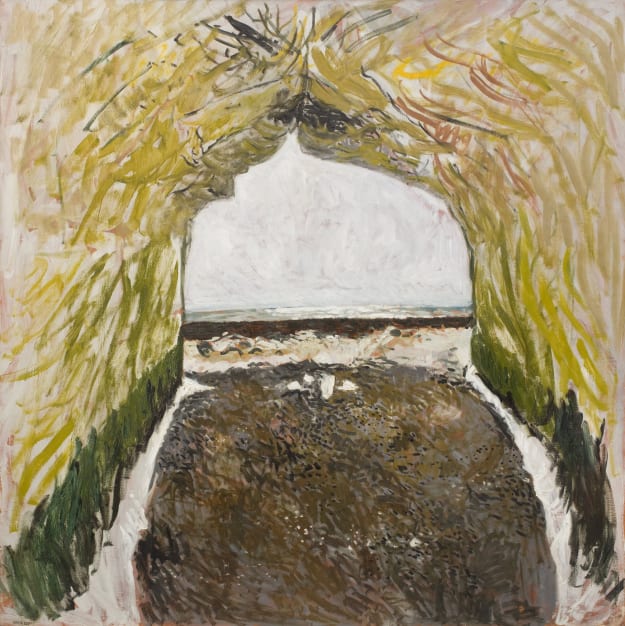Sussex's chalk landscape has inspired painters and writers from Enid Bagnold and William Nicholson to the subject of this week's InSight, the painter Jean Cooke.
Jean Cooke
Cave Painting I, 1965 c.

|
For the last 425,000 years or so, the South Downs have been worn down by the lapping waters of the English Channel. Britain's gradual separation from the European mainland began with the partial flooding of terrain between present-day France and England, caused by the collapse of an ice dam that once stretched from Scotland to Scandinavia. The land bridge (known as Doggerland) finally disappeared around 7,000 years ago. Though the stretch of water between England and France has long-since acquired a placid familiarity, the geology of this terrain is fragile and transient. The landscape's friable chalk composition is nowhere more apparent than at the seafront's sheer white cliff edge. |
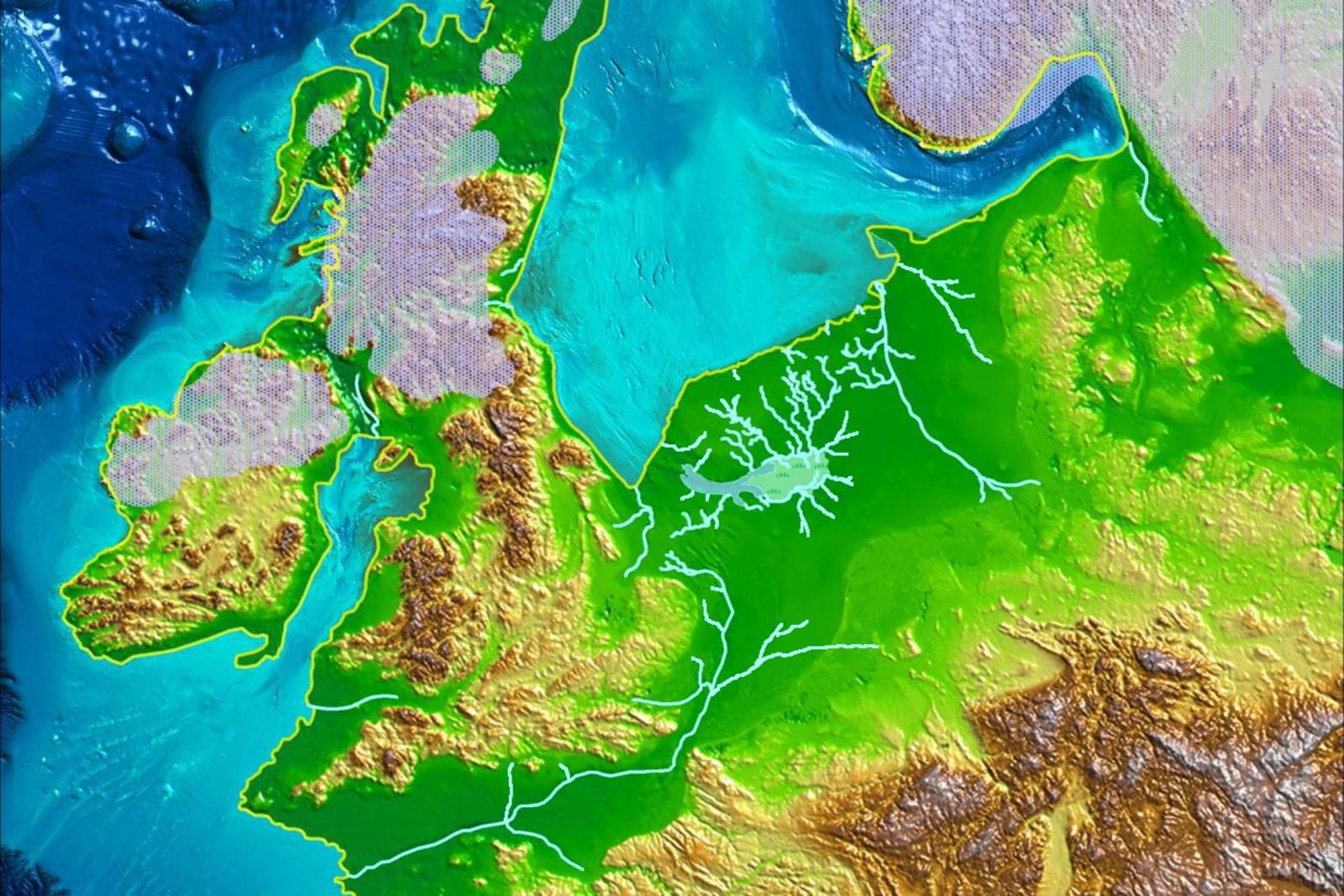
The painter Jean Cooke (1927-2008) was familiar with the English Channel's quixotic frontier. As a young girl in 1939 her family moved to a place near the Sussex coast, and she subsequently took her own children on holiday to the chalk coast. She later rented a cottage at Birling Gap as a studio. Lying a short distance from Beachy Head and the Seven Sisters, Birling Gap is one of the places most severely affected by coastal erosion. Every seven years, the terrain recedes by an average of five metres. When her cottage was demolished in 1995 to prevent it dropping off the cliff, Cooke simply moved into the one next door. She died before the next demolition could take place.
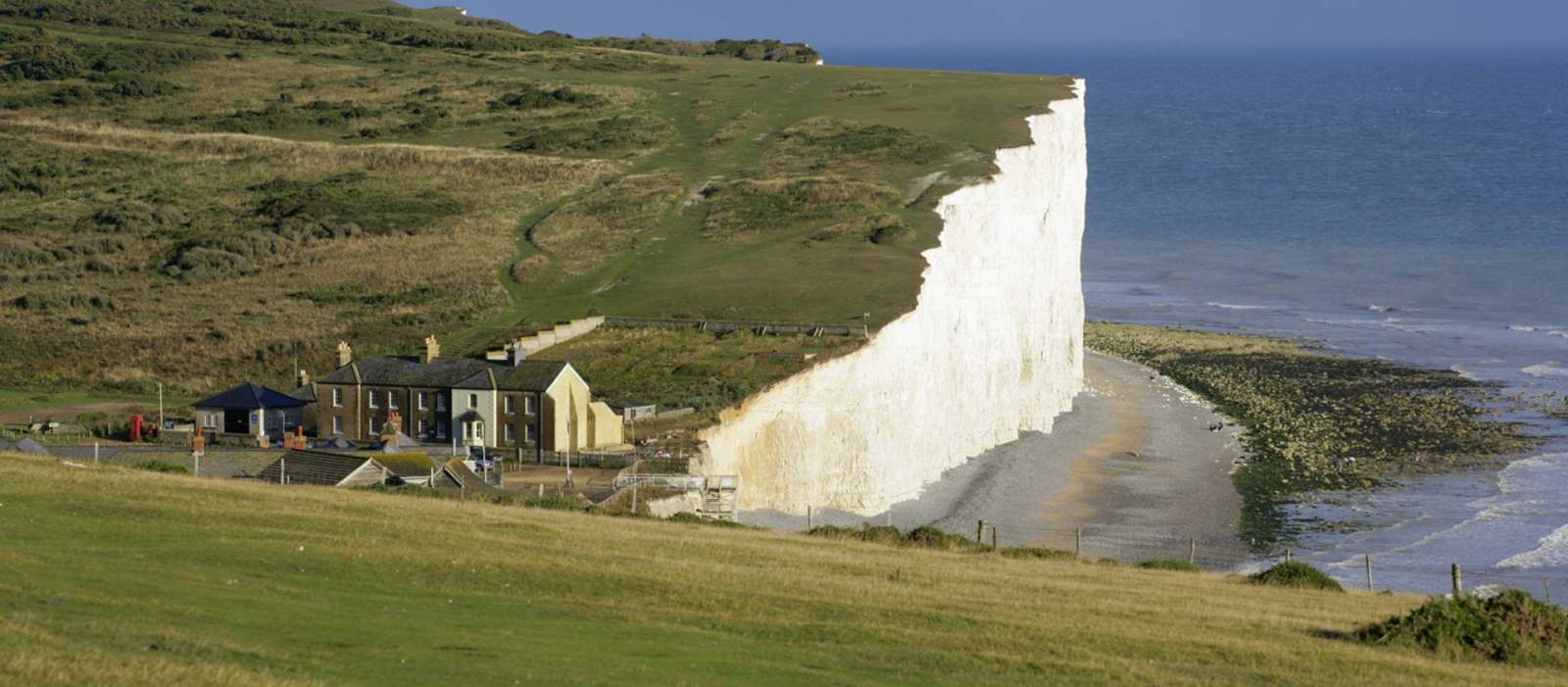
In two large scale paintings of the chalk coast, both given the evocative title of Cave Painting, Cooke experimented with a new perspective on the landscape. One of her sons has described how the family would spend summer days inside caves on the chalk coast, lighting a small fire inside and looking out to sea. Some have read these paintings as womb-like images, loaded with a subtext of shelter and motherhood. The paintings envision the chalk landscape from within, the walls lit with brilliant reflections from the beach beyond and every surface pitted with the impression of water-raked pebbles, streaked seaweed and chalk. The sea registers as a narrow sliver of dazzling water at the distant horizon. In Cave Painting I, the apogee of the cave mouth appears as an ogee arch - an extraordinary observation implying the subject's architectural quality. The thinned, refined quality of paint and the pellucid effects of light in Cooke's work resemble those qualities as realised fifty years earlier by William Nicholson in his paintings of Rottingdean, some fifteen miles along the coast to the west.

|
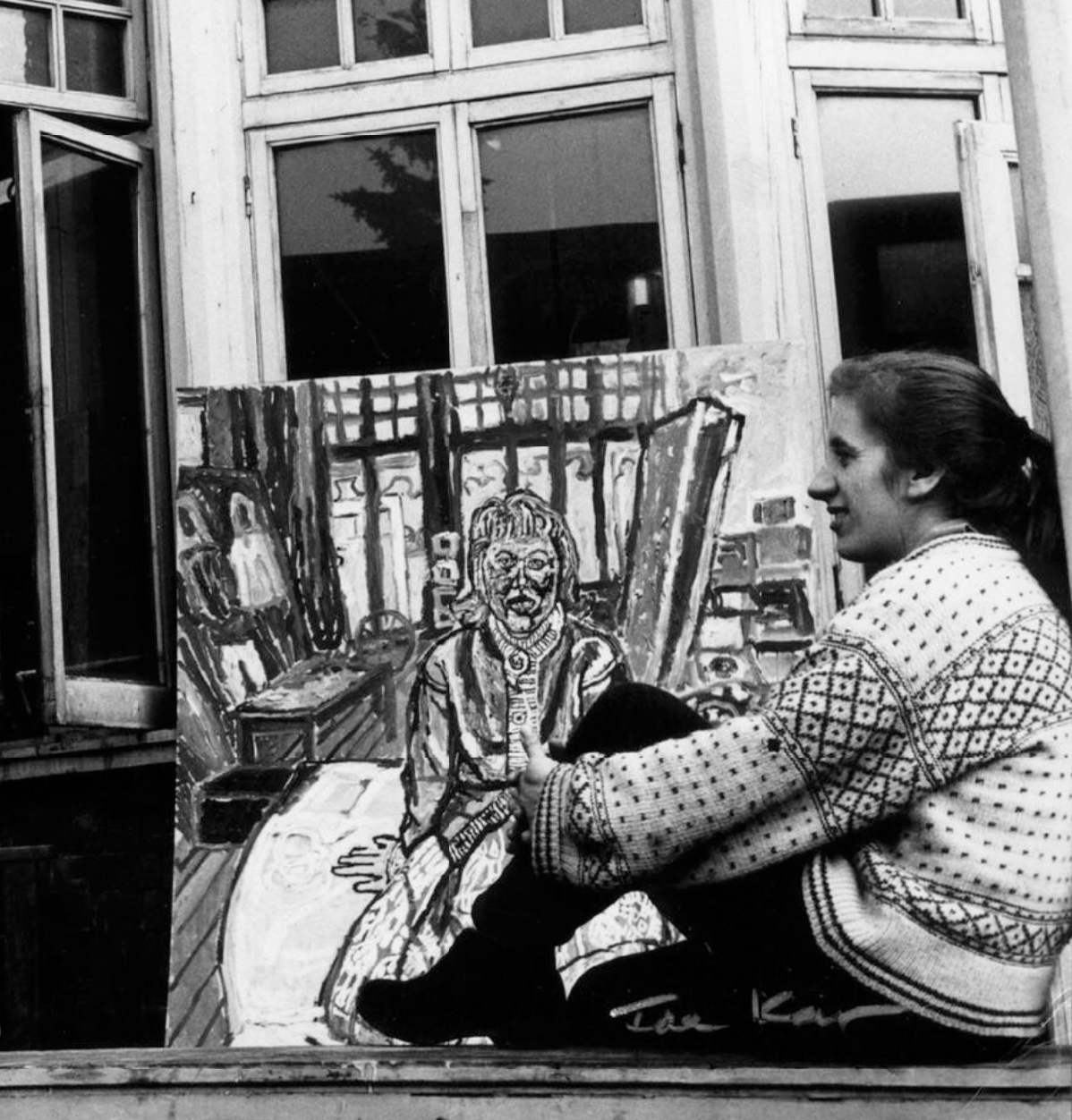
|
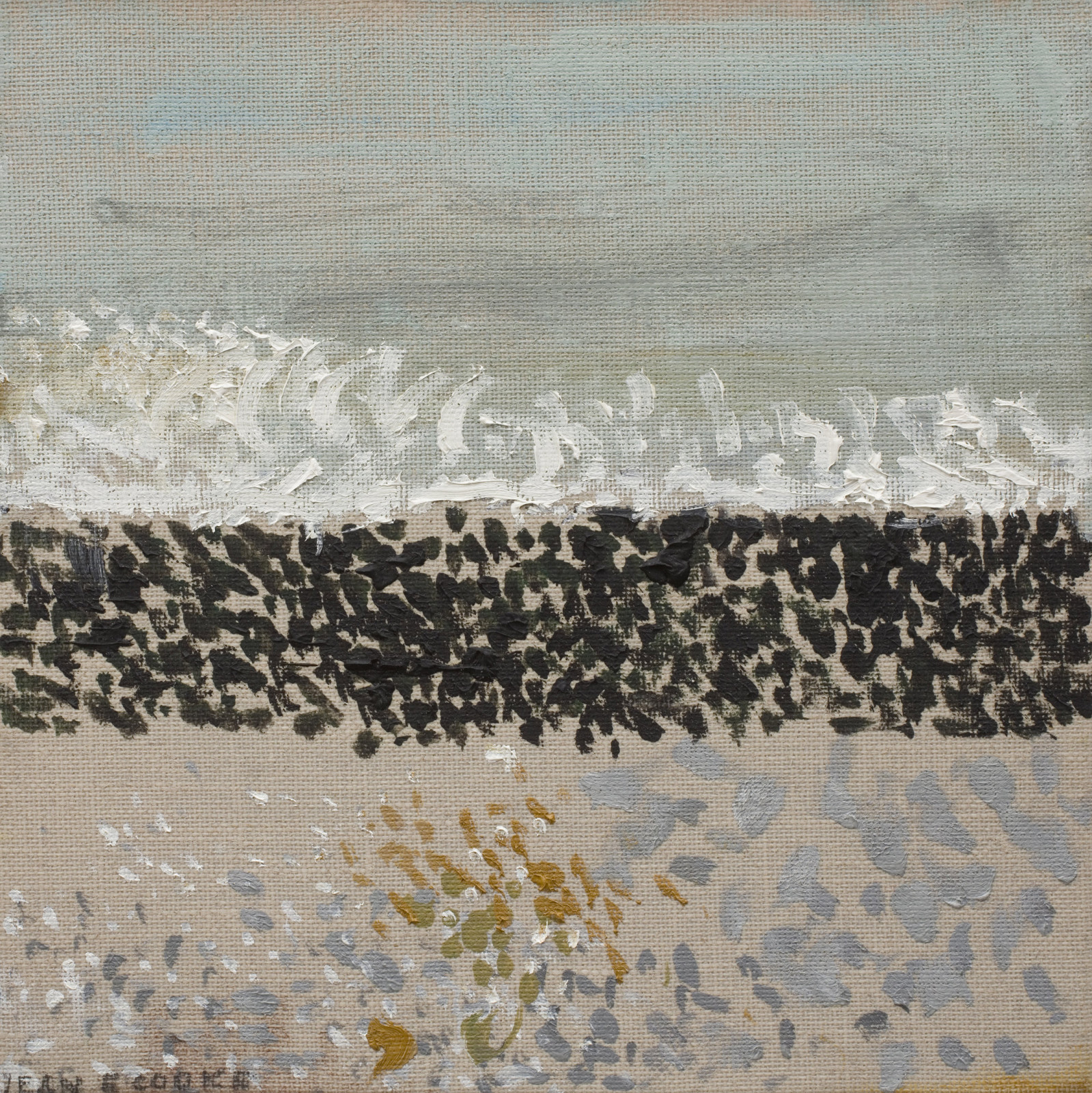
Images:
4. William Nicholson, Cliffs at Rottingdean, 1910, Southampton City Art Gallery
5. Jean Cooke, 1959, photographed by Ida Kar © National Portrait Gallery
6. Jean Cooke, Pebbles, circa 2000s, oil on canvas, 20 x 20 cm | For Sale
